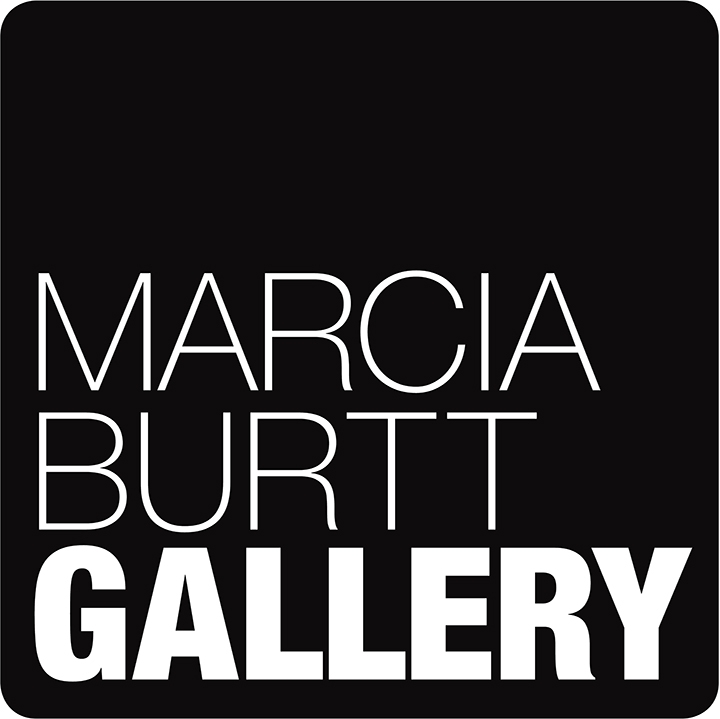ON LINE
Our gallery artists expand the landscape using line to define time, space, and pattern.
Erling Sjovold’s Winter Water presents an overlook of snow-blanketed landscape framed by trees. But interrupting our clear view into the valley are two bare slender trunks running up the middle, creating thick and thin zips across the canvas. Sjovold overlays a post-war composition on a classic landscape theme, replacing sentimentality with formal acuity.
A backlit chorus of trees creates a nocturne set piece in Randall David Tipton’s Theater of Trees II. Dramatic color and glowing neon edges allude to a postmodern stage set — the watching forest anticipating the sapling's next line.
Rather than using trees as a primary vertical element, Susan Petty’s Substance and Shadow places all the trunks in the top third of the drawing. Diagonal delicately crosshatched shadows against a light foreground support the ribbon of forest at the top. Blank paper creeps from behind the central trunk, creating sunlit limbs from negative space.
Michael Ferguson carves lines into Calypso Orchid’s mottled board. Calligraphic scratches of turquoise, orange, and shocking pink flowers with chartreuse leaves, thinly outlined in yellow, float above a jittery textured blue and magenta ground.
Marilee Krause never erases the underdrawing of her watercolors. Nor does she limit her paint to those lines. They are mere suggestions of where paint might be applied. In Gymnopedie I, the pencil lines dance above and below green washes of pond leaves.
Lines are magically revealed from above in Bill Dewey’s El Monte Quarry. His aerial photograph of a quarry finds islands of rock or sand or looping pipes outlined by near-noon shadows where they meet glowing green water.
Patricia Doyle’s Reflections, Garden Pool does not represent one moment in time, but all the ripples and flutters that occurred while she was painting it. Swirling lines echo across the pond's surface and plant stems leap over the canvas.
Lines cut through and create sections in the background in Meg Torbert’s Hibiscus Fantasy. Enigmatic orange lines emerge and weave across the canvas. Are they stakes, streaks of light, or ghosts from a past still life painting?
As an artist who primarily paints agriculture, Robert Abbott is frequently confronted with crops that form perspective lines. In Windrows After Rain, a chevron is created by alternating colors of rows connecting at a field’s corner.
Yet the limited palette, flat color, and thick pale blue line across the middle of the painting defy a three-point perspective illusion. Instead, this becomes a painting about lines of stripes and shapes.
Marcia Burtt’s Hay Barn, January 1 is predominantly a painting composed of color and shape. Nearly a third of the painting represents a stack of orange hay bales. What activates the scene is two vertical lines: the support column to the barn and its shadow cast on hay bales — a shadow that barely makes it into the painting. Clinging to the edge of the stacked bales, it adds an ephemeral element, transforming a common scene into one about a specific moment in time on the first day of the new year, a moment that will be gone within the hour.
—Cynthia Stahl

